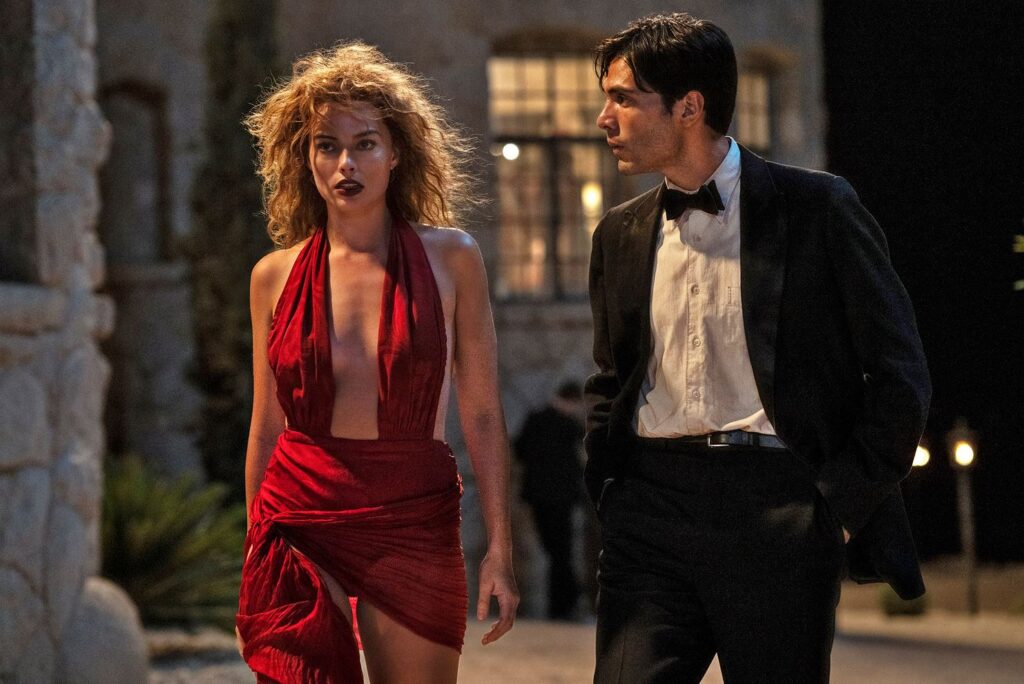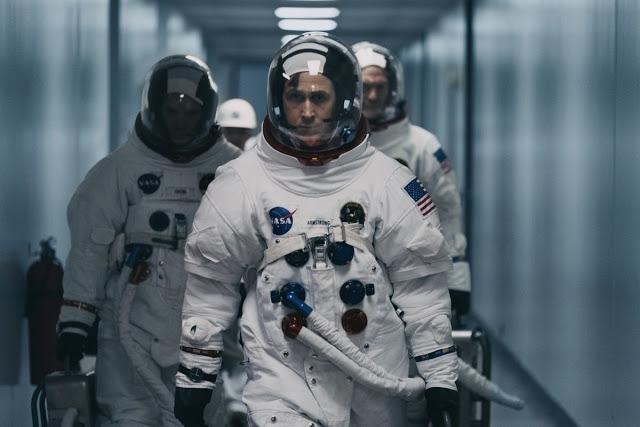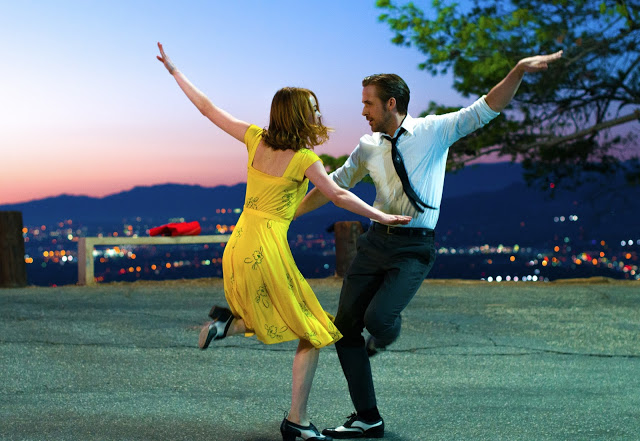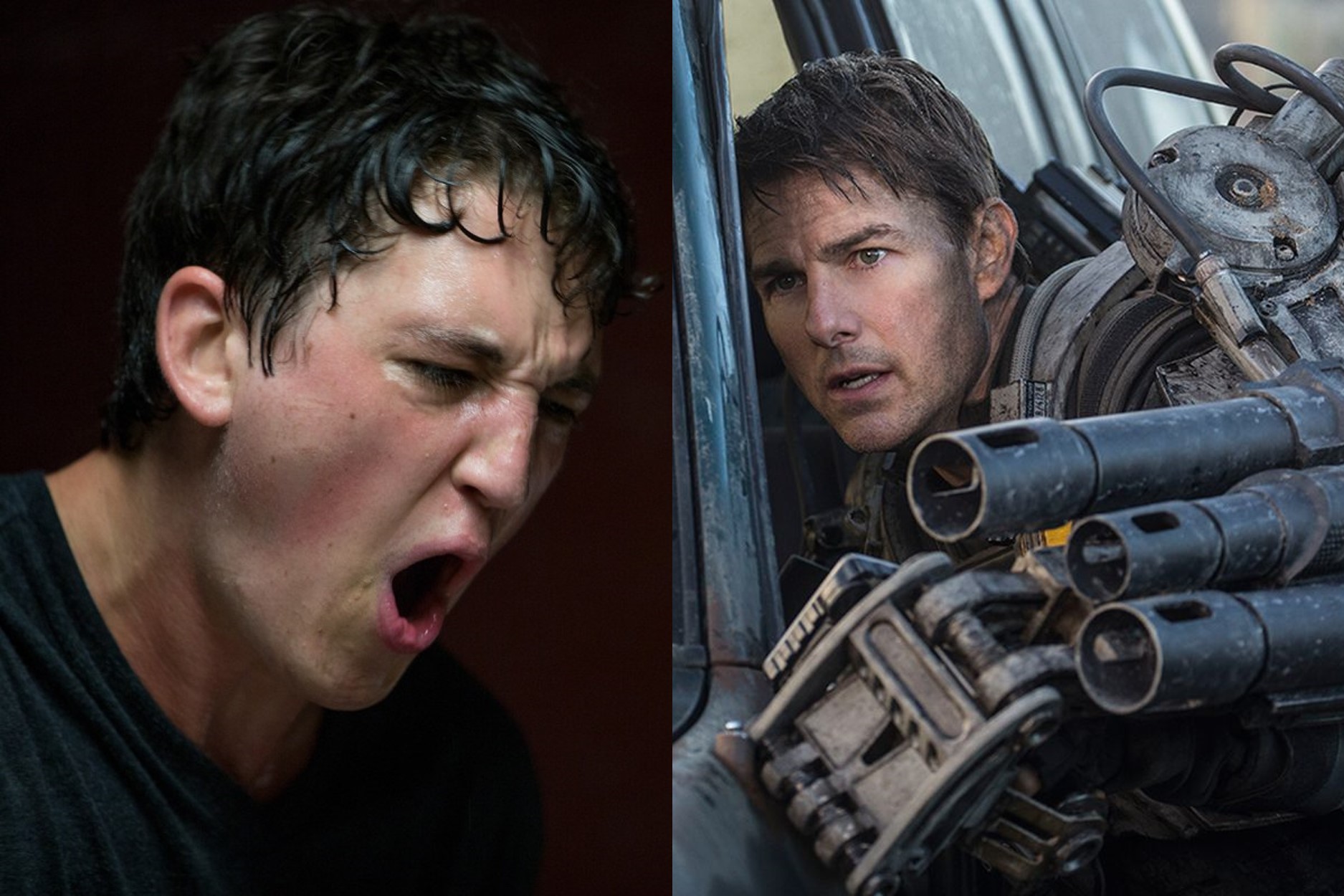Babylon: Putting the Sin in Cinema

In the Bible, the city of Babylon is referred to as a dwelling place of demons—a haunted, sinful metropolis that is ultimately befallen by evil, disaster, and ruin. That Damien Chazelle has selected it as the title of his new movie, a rampaging epic set in the dawn of Hollywood, is one of the filmmaker’s subtler touches.
I mean this less as criticism than observation—maybe even admiration. The maximalism with which Chazelle has constructed Babylon, a simultaneously nostalgic and seditious homage to cinema’s golden age, is unmistakably a product of courage, even if it is also a signifier of poor taste and bad sense. His heedlessness—the way he has envisioned 1920s Tinseltown as a gluttonous underworld of sex, drugs, and generalized depravity—carries with it a monumental ambition, one that demands the skill of a truly great director. That Chazelle mostly pulls it off is a testament to his talent; that he fails in stretches makes his vanity no less interesting. Read More



 And at long last, we come to the two best movies of 2014. If you missed the Manifesto’s previous installments in this series, you can find them at the links below:
And at long last, we come to the two best movies of 2014. If you missed the Manifesto’s previous installments in this series, you can find them at the links below: